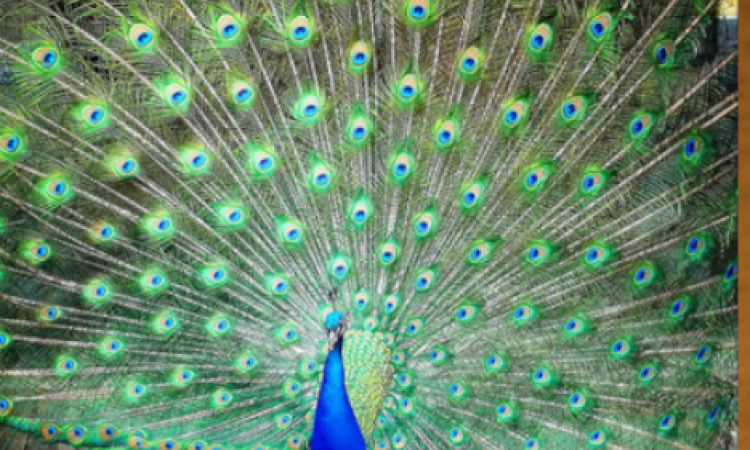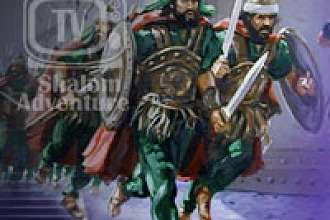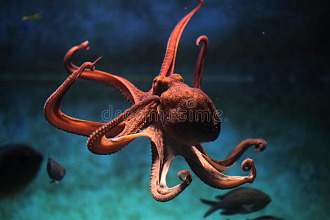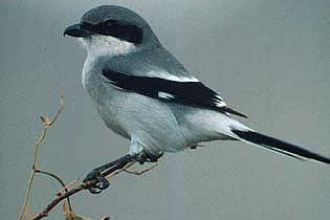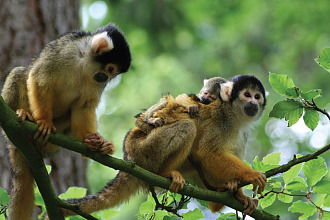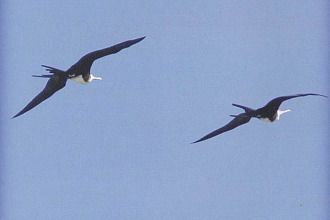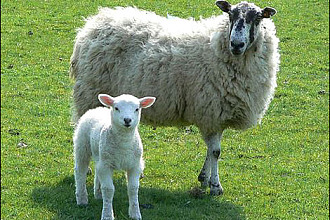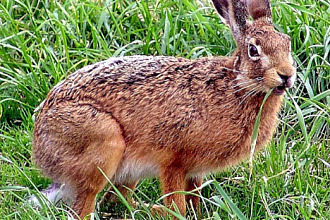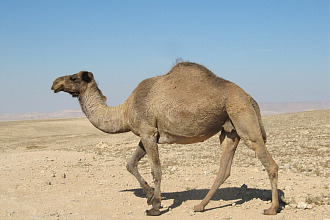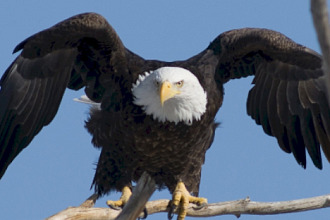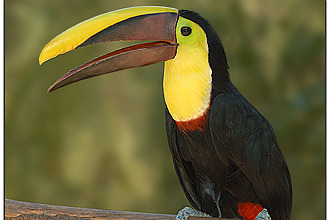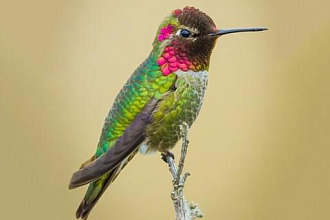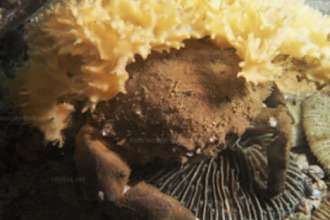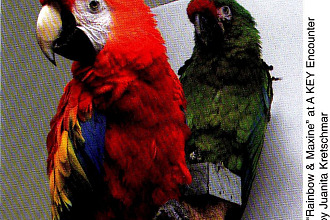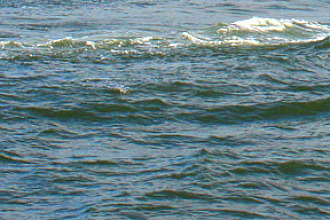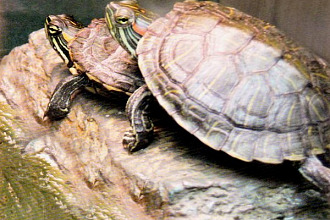When a male peacock fans its tail so the highly elongated covering tail feathers actually can touch the ground on either side of him, he is not doing so from pride and vanity.
Those tail coverts standing erect behind his head are not simply to get female attention either, but can also serve to enhance the hearing of these magnificent pheasants who not by accident can thus more easily differentiate sound waves. (It's much like humans who cup a hand behind the ear to make sure they catch words distinctly.)
Never mind that a peacock is frequently accused of being show-offish as it vibrates its feathers in a display of iridescent beauty each spring during courtship. The bird was created to put on such a performance in the not-by-accident timing of its Maker. Nearby.one or more plainer peahens, which have no such attractive tail coverts, are deciding on a male bird with whom to mate for the production of a fresh batch of chicks that will hatch after 28 days of incubation. The beauty and quality of the male's display must catch the' female's approval at the time her body signals it is ready for mating. Incidentally, the male has been seen to drop all those eye-catching feathers in one day during the fall, then he spends time building up reserves for the next spring's attention-getting rituals! - Meanwhile the peahen, not by accident, seems to have an innate sense of need to provide for the safety of her soon-to-be arriving offspring. She will actually deposit decoy eggs right out in the open in various shallow depressions, to distract predators from her real nest of eggs that will be hidden some distance away, well out of sight. (She nests on the ground but roosts in trees at night.) The eggs and later the chicks are protected by a mother fowl who will only leave her nest once a day to find food and care for her own needs. However, not by accident, she again seems to be thinking of safety for her babies. As she flies away from the nest to search for food (they are ground feeders), she can be heard emitting loud squawks to distract potential predators from the actual location of the nest. Only a thoughtful Creator would have programmed her instincts to have her so considerate of helpless offspring!
Whether a peacock is an India Blue or a stunning Green originally from a country farther east, it can be easily raised in captivity. Now the remarkable "eyespots" toward the tips of the long covert tail feathers of the male—and the overall vibrant colors of his plumage—excite not only bird enthusiasts, but the design and positioning of those feathers are studied (along with other intriguing fractals in nature) by astounded researchers discovering outcomes far different than computer-produced geometric designs—even arriving at fractals qualitatively different from the original building block! (One dictionary definition of "fractals" says it is the name of a detailed design repeating itself) But in nature—called "chaotic"—those peacock feathers don't provide expected sequential outcomes!
So looking at God's not by accident fractal creations—like the peacock's covert feathers—we ponder how a male peacock who receives his beautiful plumage at the age of three, then lives perhaps 20 more years, all that time has no inherent capacity to grasp the reality of his Maker—clueless to the stir his feathers make under human investigation.
Meanwhile, we rational human beings, given minds to think, know of the Creator and stand in awe before the intelligence of nature's Designer—whose mind is the epitome of "not by accident," His secrets so often unexplainable by human wisdom!
For this, and many other reasons, we worship our God!
"NOT BY ACCIDENT" (c) Juanita Kretschmar is used by permission and was first published in newsletters about A Key Encounter, a Key West, FL, Creation-based, educational tourist attraction. Go to www.akeyencounter.org for additional information, To receive the free newsletter write: AKE, PO Box 177, Big Pine Key, FL 33043
Picture originally found here

